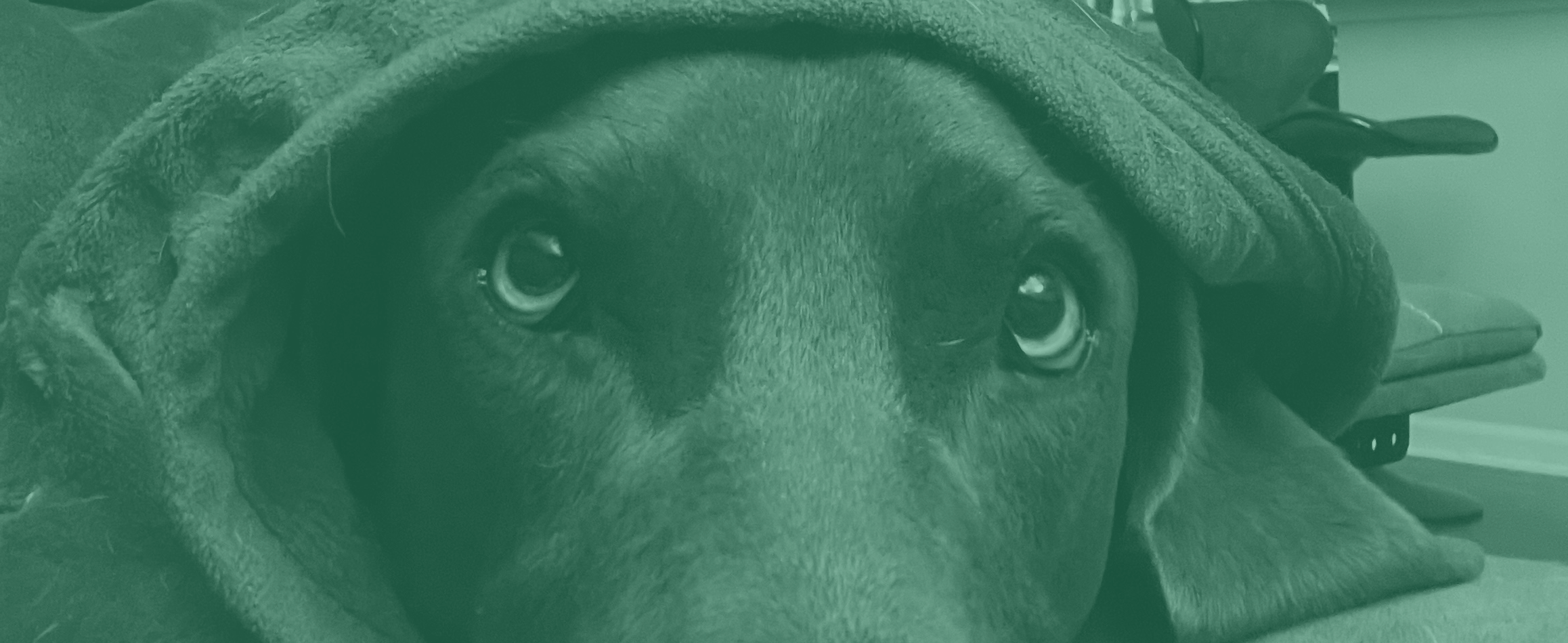Fear and anxiety controlled my life for 42 years. I felt trapped by these emotions, and in sobriety found courage to lean in and embrace them.
When I was at my lowest point as an alcoholic, I couldn’t imagine ever feeling different.
The weight of despair and self-pity was overwhelming. I thought I was beyond hope. I didn’t have a relationship with anything outside of myself, spiritually, religiously, or socially. I was so self-centered. I had to be to survive—that was what I thought. I needed alcohol to live, to stay alive. My body was so dependent that when I finally detoxed, I needed a walker to get out of bed and go to the bathroom. So, I did need alcohol at that time. I couldn’t give anyone my full attention–my kids, my mom, my job, etc.
I was scared to do anything. I was working from home at the time—convenient right? I was so full of anxiety to even get out of bed, walk downstairs, and work that I didn’t. I started staying in bed. I only got out of bed to get more wine. I didn’t shower. I didn’t brush my teeth. I was nervous to go to the store. I was consumed with anxiety.
Fast forward to today, and I can confidently say I’m a miracle. I’ve learned that when I experience fear and anxiety, I don’t have to believe that I’ll never feel different. I’ve been through these emotions countless times and have come out stronger on the other side.
In the past, my instinct was to hide, shrink, and get smaller when I felt fear and anxiety creeping in. I wanted to escape from those uncomfortable feelings. But now, I’ve learned to do the opposite. I swell up. I lean in. I lean forward. I stand up. This has taken seven years to happen for me.
Every experience, every challenge I’ve faced has been downloaded into my brain, building my confidence brick by brick. And here’s the important part—My experiences aren’t just for me. I have a responsibility to share my growth and the lessons I’ve learned with others. That’s why I’m here. That’s why I show up for a podcast episode every day. We never truly know whose lives we might impact when we open up and share our experiences.
So, how did I get comfortable feeling uncomfortable? I just kept doing it over and over even though I didn’t feel good. I started doing it because my sobriety program tells me to say yes. I talked about it yesterday—say yes, and then the willingness comes. Then the strength follows. And all the while I let myself feel. I watched my discomfort not kill me. Anxiety used to feel like I was going to have a heart attack or a stroke. That’s how powerful anxiety is to some of us. I truly didn’t think I was going to live through it.
So what’s the difference between fear and anxiety? Fear is a proportionate response to a realistic threat. It’s our brain’s way of protecting us. On the other hand, anxiety is excessive uneasiness in the absence of a realistic threat. It’s often a product of our past experiences.
What I used to do is let anxiety convince me that there was a realistic danger. I believed it without question, and I would immediately go into flight mode. I never fought back; I only ran away. I only knew how to hide. I was afraid that if I tried to face whatever the threat was, my anxiety would kill me. I used to shake so bad that people could see it.
Now sober, I’ve come to realize that it’s essential to challenge anxiety, to choose fight over flight. We need to get used to standing in the doorway of the unknown, facing uncertainties head-on, and letting things be unknown when we step forward. It’s about stopping the habit of playing out scenarios in our minds before we even experience them – what I call “what-ifing.”
The amygdala, that little part of our brain responsible for processing emotions like fear and anxiety, often activates before we even know if we should be afraid. Then the hippocampus learns and remembers the experience, reinforcing our anxiety.
Exposure therapy is a powerful tool, and it’s something I’ve unknowingly practiced since I got sober seven years ago. By exposing ourselves to our fear and anxiety in a controlled and safe way, we teach our brain, “I can handle this.”
After each experience, it’s crucial to shift our focus from fear to facts. Start with “I didn’t want to, but I did.” Then celebrate what happened and what you learned. Practice physically opening up and leaning forward to celebrate the lesson instead of closing up and focusing on the fear. Body language plays a part in our experience, learning, and memory. Act as if—like smiling on the outside to elicit a smile on the inside.
Pay attention to your self-talk, how you tell the story of your experience, and your body language. The amygdala can be retrained, and the frontal cortex can regain control, allowing those physical reactions to subside.
In the end, courage isn’t the absence of fear and anxiety; it’s the ability to lean in and take action despite our fear and anxiety. So, the next time anxiety creeps in, remember that you have the power to choose fight over flight. We’re stronger than we think. Embrace the fear and anxiety. Try it a little at a time. Next time you don’t want do something because you’re afraid, say yes. Lean in to life.

